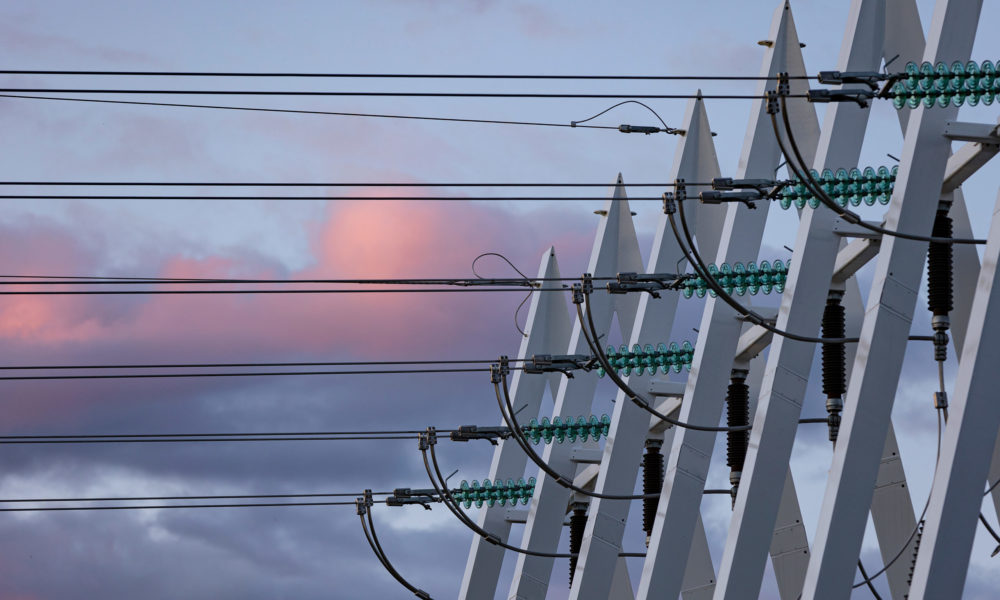What is cut P1?
Cut P1 refers to a border between northern and southern Finland created on the basis of electrotechnical principles. It starts in Kokkola and runs across the country north of Kajaani to the east. The north contains the majority of Finland’s hydro and wind power plants and two transmission connections to Sweden.
An increasing amount of electricity will be transmitted from northern Finland to meet consumption needs in southern Finland. Three 400-kilovolt transmission corridors from Oulu to the south run through cut P1: the Coastal Line, River Line and Lake Line. The Coastal Line was completed at the end of 2016. Planning of a fourth line – the Forest Line – is in progress and construction will begin within the next two years.
What problems does the current situation cause?
In normal situations, electricity transmission balances the difference in production and consumption between the northern and southern areas. Maintenance outages occurring when, for example, a line is disconnected from the grid for service, can cause a situation in which the transmission grid can no longer transfer all the required electricity. In this case, Fingrid can safeguard system security by means of an redispatch mechanism, which means changing the production operational situation or utilising consumption flexibility.
Could Finland find itself in the same situation as Sweden, where there are different electricity in different parts of the country?
Fingrid’s goal is to ensure that Finland remains a single electricity market bidding area. Large, uniform bidding areas promote electricity market functioning. Sweden has four price areas. The price difference in Sweden varies according to the situation and, at its highest, the price in the south is twice that in the north. Pressure for a multi-price system in Finland will also grow at the end of the 2020s if new electricity production capacity is increasingly located in northern Finland. However, Fingrid is trying to anticipate transmission needs by strengthening its transmission connections in advance as much as possible. Since it takes 5–10 years to build a new connection, there may not always be time for this in the case of rapid changes.
How will the cut P1 situation change?
Wind power is being built very quickly in the northern parts of the Nordic countries. Finland is expected to have an estimated 1,900 megawatts of wind power production north of cut P1 by 2025. When realised, the construction of Fennovoima’s Hanhikivi nuclear power plant will increase electricity production in northern Finland by 1,200 megawatts
Since the Nordic electricity market functions as a single entity, increases in northern production will put added pressure on cut P1. This challenge can be solved by, for example, building a new north-south transmission line into P1-corridor.






